When recipes call for something to be cooked in oil over a high or medium-high heat, it’s important to make sure the oil is hot before the food is added.
Why?
- This ensures that the food will immediately use the oil as a contact surface of heat, locking in flavour.
- It guarantees a crispy, flavoursome exterior and tender, juicy inside.
Adding food to cold or lukewarm oil
- If you add food to a pan with cold oil, it will absorb the oil first before it starts to cook.
- One way to think of this is that the food will start to cook in the oil rather than on the oil.
When is it ready?
The easiest way to check if your oil is ready for cooking is to add a small piece of food, such as a cube of bread, into the oil. If it sizzles, it is ready. If it just sits in the pan and starts to soak in the oil, give the pan more time to heat up before adding your food.
Pat it dry
Before adding food to hot cooking oil, make sure it’s dry by patting it with kitchen paper. This is especially important for meat, which can end up sweating or boiling in the oil if any water leaks into the pan.
Did you know?
- Oil is best when used 3-6 months after being pressed from its original source.
- Store vegetable oil in a cool, dark place and try to use within six months, or three months for extra-virgin olive oil.
- If you’re unsure whether oil has gone off, heat a few tablespoons in a hot pan. If the oil smells strong or musty, it should be discarded.
What oil should I use for cooking?
Vegetable/rapeseed oil has a neutral taste and high smoke point, meaning it will not smoke or burn easily at high heats. This makes it ideal for cooking and frying.
Olive oil has a rich taste that complements many dishes like tomato sauces, Mediterranean dishes or lasagne, but has a lower smoke point than vegetable oil, so it should not be used over a very high heat.
Extra-virgin olive oil has a light, fruity flavour but a low smoke point, which means it should not be used in hot pans as it can burn easily. Rather, use it in dressings and to drizzle over cooked foods.
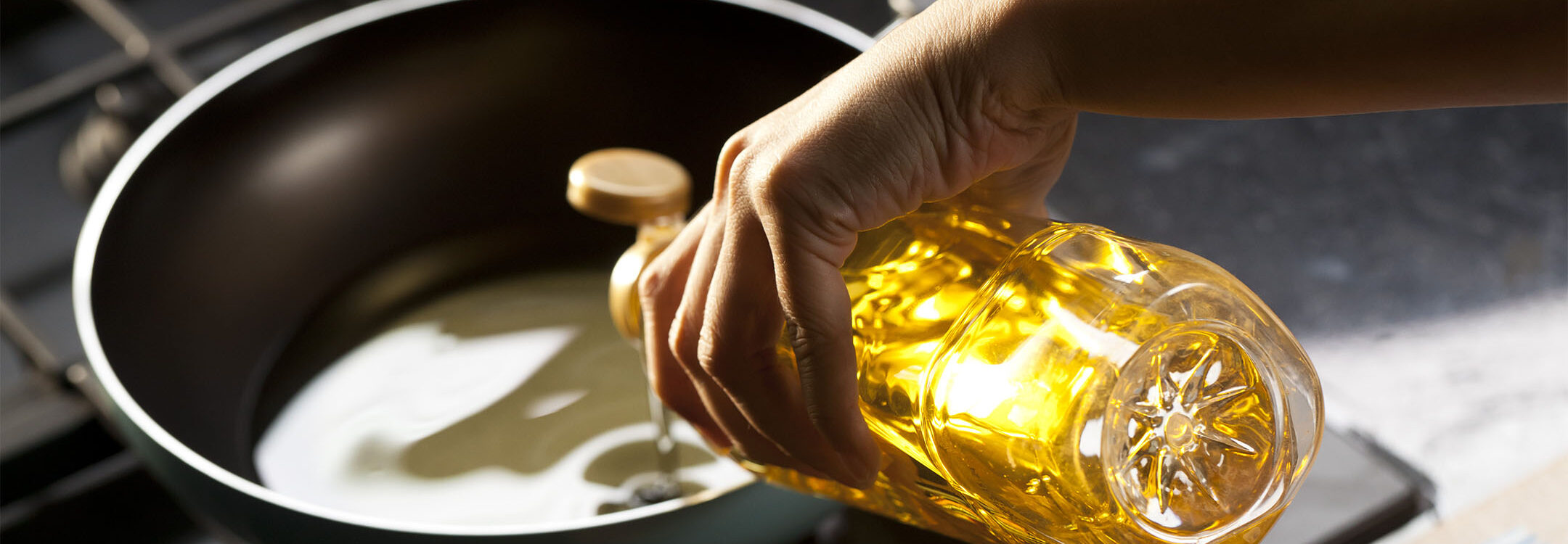
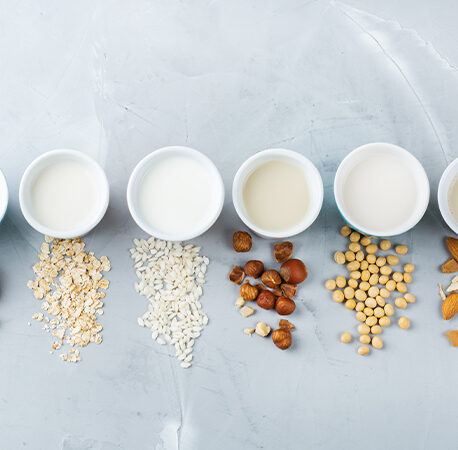
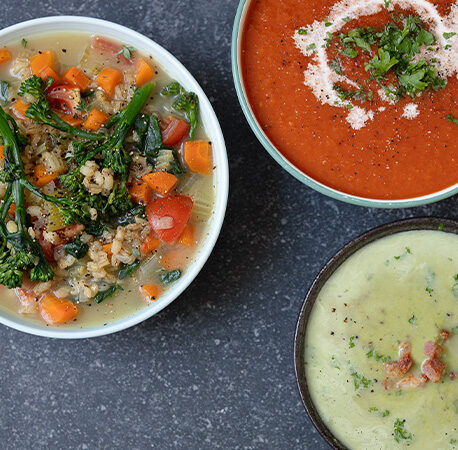
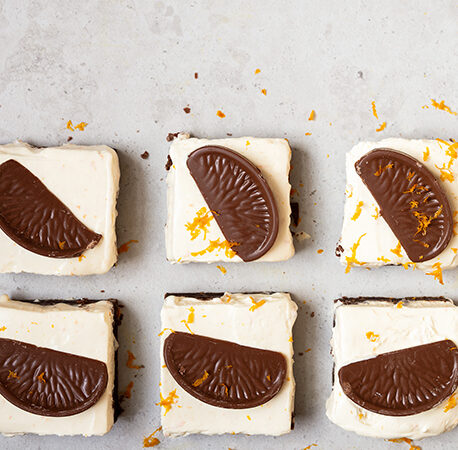
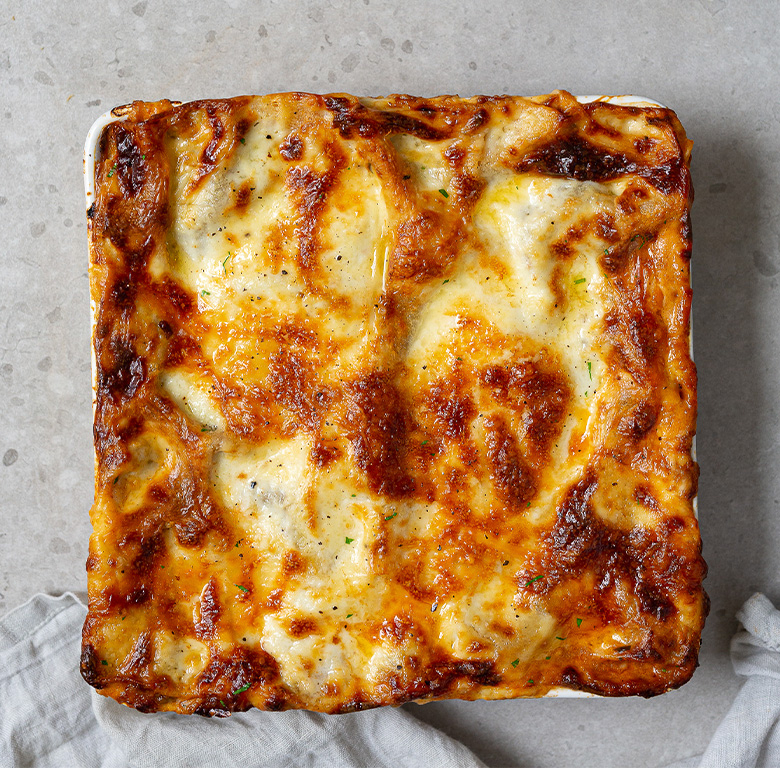

You have to be signed in to comment this post.